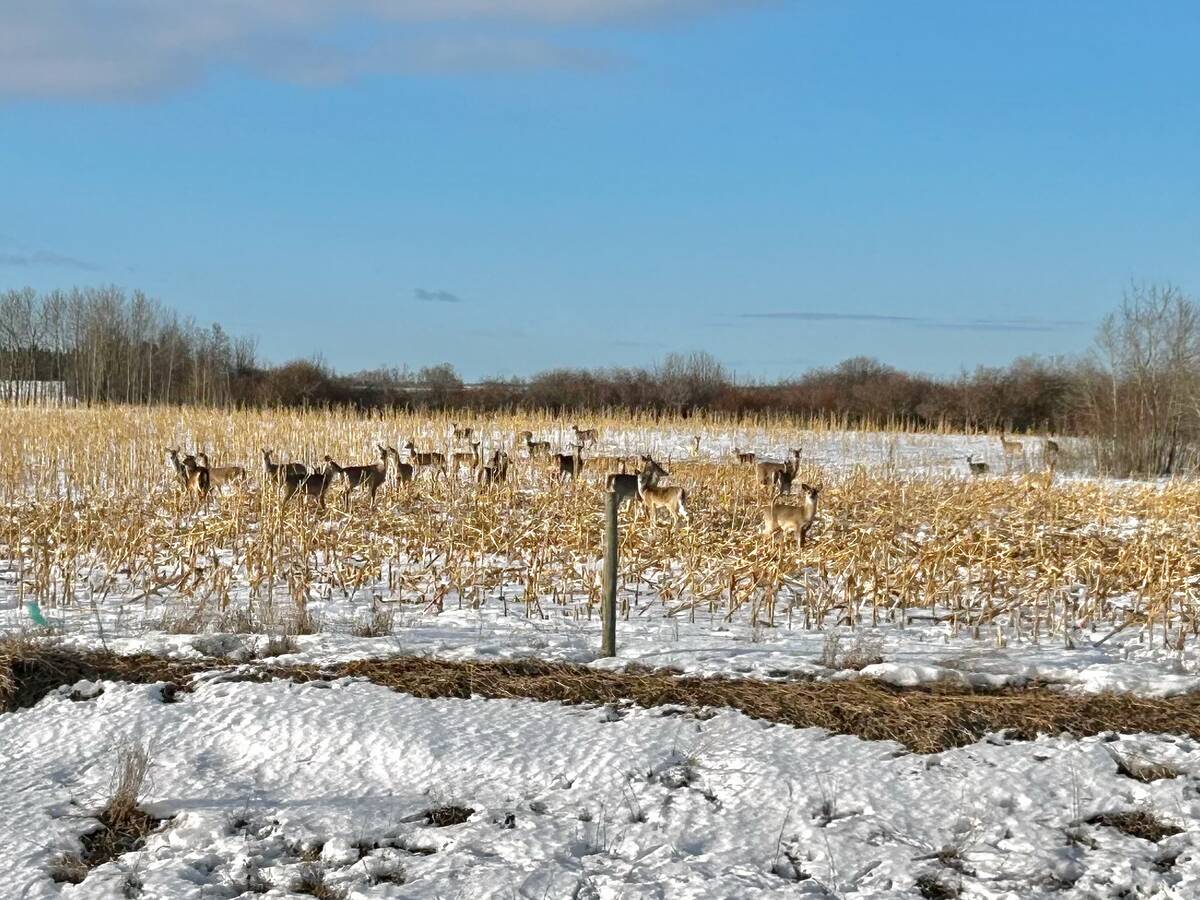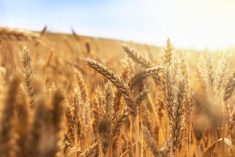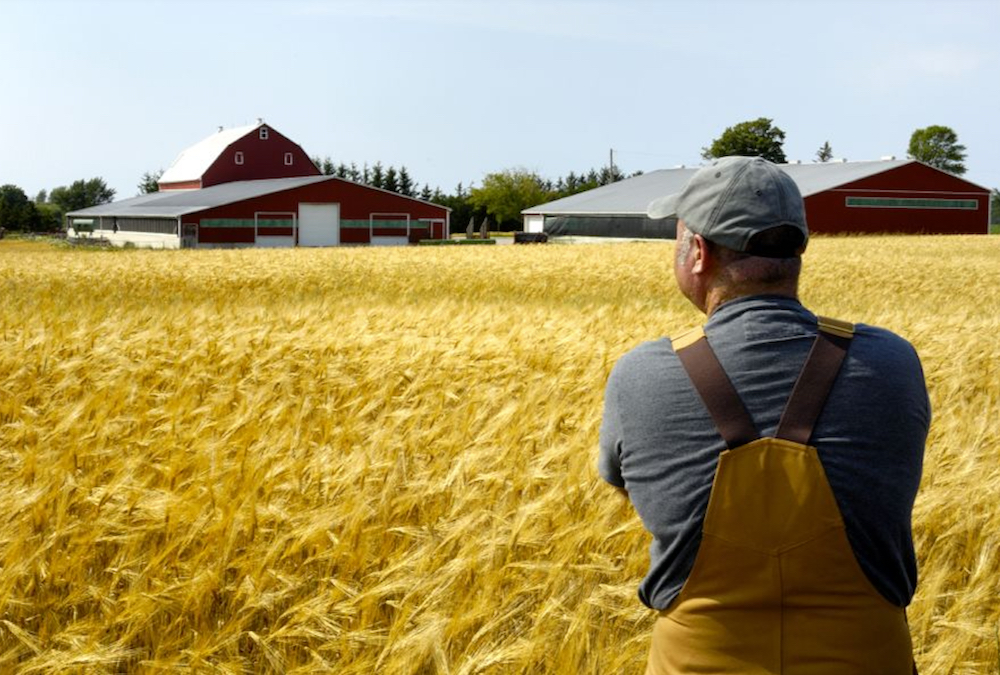As the takes the helm of the Canadian Wheat Research Coalition, the new president wants to bolster the role of agronomy while researchers are working on genetics.
“I want to bring forward more of the agronomy research that accompanies variety development,” said Lori-Ann Kaminski. “As we bring on new varieties, there are opportunities to tune the agronomy and understand how to take advantage of those new genetics. Those kinds of research aspects can help amplify our investments in the varieties themselves.”
Why it matters: Administration for the Canadian Wheat Research Coalition will fall to the Manitoba Crop Alliance for the next three years.
Read Also

Five new CWD cases confirmed in Manitoba
Chronic wasting disease (CWD) has been found in five more Manitoba deer, including in two new municipalities without previous cases of the disease.
The Canadian Wheat Research Coalition is a collaboration between the Alberta Wheat Commission, Saskatchewan Wheat Development Commission and the Manitoba Crop Alliance. The organization’s operational hosting duties rotate every three years between the three producer organizations, which represent wheat farmers across Prairie provinces.
This will be the first time hosting duties shift to Manitoba since the organization formed in 2017. The coalition was hosted in Saskatchewan from 2017-20 and Alberta from 2020-23.
Hosting duties include administration, such as co-ordinating funding for research; communications, such as website updates and annual reports; and planning and co-ordinating the annual meeting.
Kaminski said that, while there are challenges in transferring those functions between organizations, she expects the transition to go smoothly.
“There is a little bit of administration during the switchover, and I have to re-organize a few things, but it is very much business as usual,” she said.
Kaminski is also the research program manager for cereal crops with the MCA, which represents not only wheat growers in Manitoba, but barley, corn, sunflower and flax sectors.
Since there is constant interaction between the three commodity groups that make up the coalition, MCA already has people dedicated to those interactions. This includes Kaminiski.
Even before the formation of the coalition, all three partner organizations were doing the things now covered under the organization’s umbrella.
“It’s very much the kind of business that we’re doing. It just gives us that opportunity for a collaborative approach,” Kaminski said.
One of the files she and her Manitoba team will take over is the administration of the Canadian National Wheat Cluster, which consists of industry-led research projects aimed at ensuring producer profitability and the long-term sustainability of wheat in the cropping rotation.
The cluster was previously funded through the Canadian Agricultural Partnership and is now included in that agreement’s successor, the Sustainable Canadian Agricultural Partnership.
“This year marks the end of one successful Canadian National Wheat Cluster and the beginning of a new cluster that will lead to innovation in variety development and agronomic practices that allow Canadian wheat producers to increase the net profitability of growing wheat,” said coalition chair Jake Leguee.
“There is a strong return on investment for producers investing in publicly funded wheat research in Canada, and the CWRC continues to lead the way in funding research that addresses the issues that matter most to wheat producers across the country.”
Kaminski thanked the previous host organizations for their leadership and said she looks forward to continued co-operation and collaboration over the next three years.
“I have had, and I rely on, great communications across the Prairies with all our funding organizations,” she said.
















